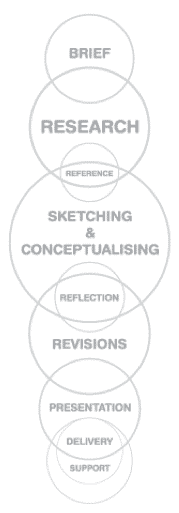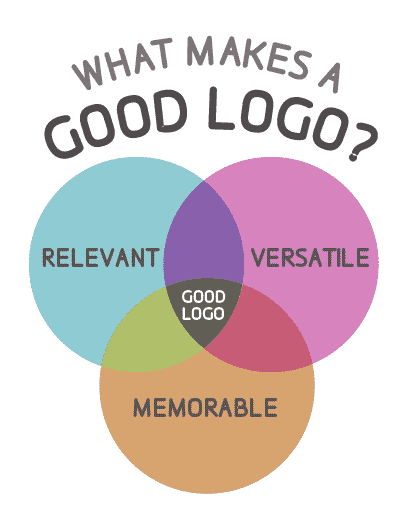Logo design is all around us and serve as an instant reminder of a company or a product. No wonder, then, that logo design features so prominently in our lives and our culture. In an age where everyone must have a website to support their company, the demand for well designed logos has never been higher.
More logos are out there than ever before, and with that comes the challenge of standing out from the crowd. How do you create something original that stands out in a sea of identities? The challenge for all designers is to create something unique and iconic that is not only memorable, but will endure with changes in the economy and culture. These general steps guide most designers through the process of conceptualizing and developing a logo:
Simple
A simple logo design allows for easy recognition and allows the logo to be versatile and memorable. Effective logos feature something unexpected or unique without being overdrawn.
Memorable
Following closely behind the principle of simplicity is that of memorability. An effective logo design should be memorable and this is achieved by having a simple yet appropriate logo.
Timeless
An effective logo should endure the test of time. The logo should be ‘future proof’, meaning that it should still be effective in 10, 20, 50+ years time.
Versatile
An effective logo should be able to work across a variety of mediums and applications.
Appropriate
How you position the logo should be appropriate for its intended purpose and the target market.
 Every designer has his or her own individual design process, and it is rarely linear, but in general this is how the logo design process is completed.
Every designer has his or her own individual design process, and it is rarely linear, but in general this is how the logo design process is completed.
- Design brief Questionnaire or interview with the client to get the design brief, the general “feeling” of the company and it’s owner, and a good idea of the type of impression the logo needs to make.
- Research Conduct research focused on the industry, competitors and target market expectations.
- Reference Conduct research into logo designs that have been successful and current styles and trends that are related to the design brief.
- Sketching and conceptualizing Logo design concepts are drawn out + developed around the brand brief + research. Lots of experimentation here with typography, color schemes, lines and shapes.
- Reflection Take breaks throughout the design process. This allows your ideas to mature and lets you get renewed enthusiasm. Receive feedback.
- Presentation Choose to present only a select few logos to the client or a whole collection. Get feedback and repeat until completed.

